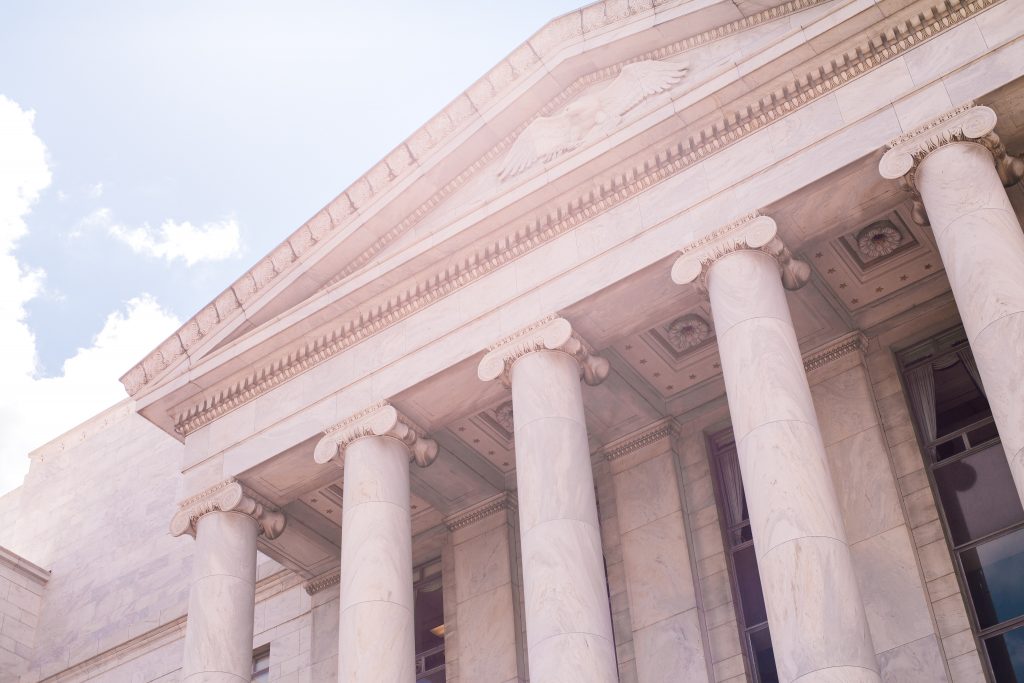October 2018 /
Inequality has now reached levels not seen since 1929, the year the Great Depression began, and stands to get even worse.
— Chris Hughes, Fair Shot
I recently attended a Community Board meeting having to do with Waterside Plaza in the Kips Bay section of Manhattan. For the uninitiated, Waterside Plaza was built on a landfill brought to the U.S. as ships’ ballast from the rubble of the city of Bristol in the UK, which was bombed by the Luftwaffe in World War II. Developer Richard Ravitch envisioned a complex constructed on top of platforms supported by concrete piles sunk into the East River. The first apartment buildings opened in 1973. The project was funded in part by New York’s Mitchell-Lama Housing Program. Other funding came from the New York Housing Development Corporation. Buildings assisted with Mitchell-Lama funds had the option to withdraw from the program after 20 years. What came through from the meeting was that most of Waterside Plaza is no longer affordable and the tenants’ associations in attendance at the meeting were trying to deal with the consequences.

I mention this because it links up to the observation that the financial crisis that broke out in 2008 was a long time in the making, with the cause being income inequality. Whether you were Republican or Democrat at that point in time there was an inexorable slide by the middle class into more debt piled on top of existing debt. It is 10 years this month that Lehman Brothers collapsed and other financial calamities occurred in quick succession: American International Group was taken over by the Federal Reserve, Citigroup was on the ropes, and GM and Chrysler were also waiting in the bankruptcy shute. We all learned quickly that everything was a house of cards brought on by absurd lending practices, the greed of Wall Street, fraud, diminished government oversight encouraged by George W. Bush, and, not to be forgotten or forgiven, Bill Clinton’s thoughtless deregulation of the financial sector. Early signs of the catastrophe to come were visible in Florida, Arizona, and Nevada, sunbelt states where the disaffected hoped for one last chance at the roulette wheel and a rebound back into the middle class. But their claims to new homes were over-shadowed by financially-engineered products with Orwellian-sounding names like CDOs, CLOs, CMBS, and RMBS.
I remember watching 60 Minutes and tsk tsking when I learned that a defaulted loan on a home in Miami, which was used to collateralize bonds held by Chinese investors could essentially damage the world’s economy. When the crash came, it hit like a tsunami, wiping out millions of jobs, homes, and former middle class citizens. But the citizenry did not react with industrial strikes or by going on breadlines. Instead, the middle class voted for Barack Obama because they believed he had a solution to the financial chaos. Obama tried to right the ship and was able to get passed a stimulus bill of around $1 trillion, with only three Republican senators and not even one House Republican voting for the bill. That old crustacean Mitch McConnell thwarted Obama at every turn, the thinking being he would let the economy sink before he would help a Democrat get re-elected for trying to right the economy. If Obama could be faulted for anything, it would be for not going after the financial fraudsters who should have been punished for creating the financial mayhem. Not even one Wall Street executive was ever tried. This led to a fraying of the country’s social fabric as middle class citizens came to the conclusion that the game was rigged and coastal elites had committed the perfect financial crime. Aggrieved Republicans formed The Tea Party and aggrieved Democrats invented Occupy Wall Street. This all led to extremism with Republicans blaming their misfortunes on D.C. bureaucrats, immigrants, and minorities. No one trusted American institutions anymore.
And where are we now? The country hasn’t changed much in the ten years since 2008. Lenders have dusted off the risky lending playbook and they urge Republicans to decimate the Dodd-Frank reforms, as no-income- verification home mortgage loans are being offered with free oil changes at your local gas station. However, income distribution is as lopsided as it ever was with middle class wages permanently stuck at pre-crisis levels while the stock market roars ahead. Many economists argue that the market is not overvalued with still plenty of room to run. But a minority of economists caution that the S&P stock index now has an adjusted price-to-earnings ratio of 33 times, meaning that investors are willing to pay $33 for $1 of corporate profits—in 2007/2008 the ratio was less than $27.
With investors bidding up stocks and chasing venture capital deals and overall buying into the Trump mantra that less regulations means more growth, we are probably hurtling toward a regulatory-free environment designed to make life even grander for the fabled one percent, but even more chaotic and unpredictable for everyone else. Make no mistake about it, while economic indicators might be strong right now, another financial crisis is most assuredly looming just around the next corner.
Ron Spurga
United Metro Energy Corporation
P: 718-383-1400
C: 347-406-1389
ron@umecny.com
